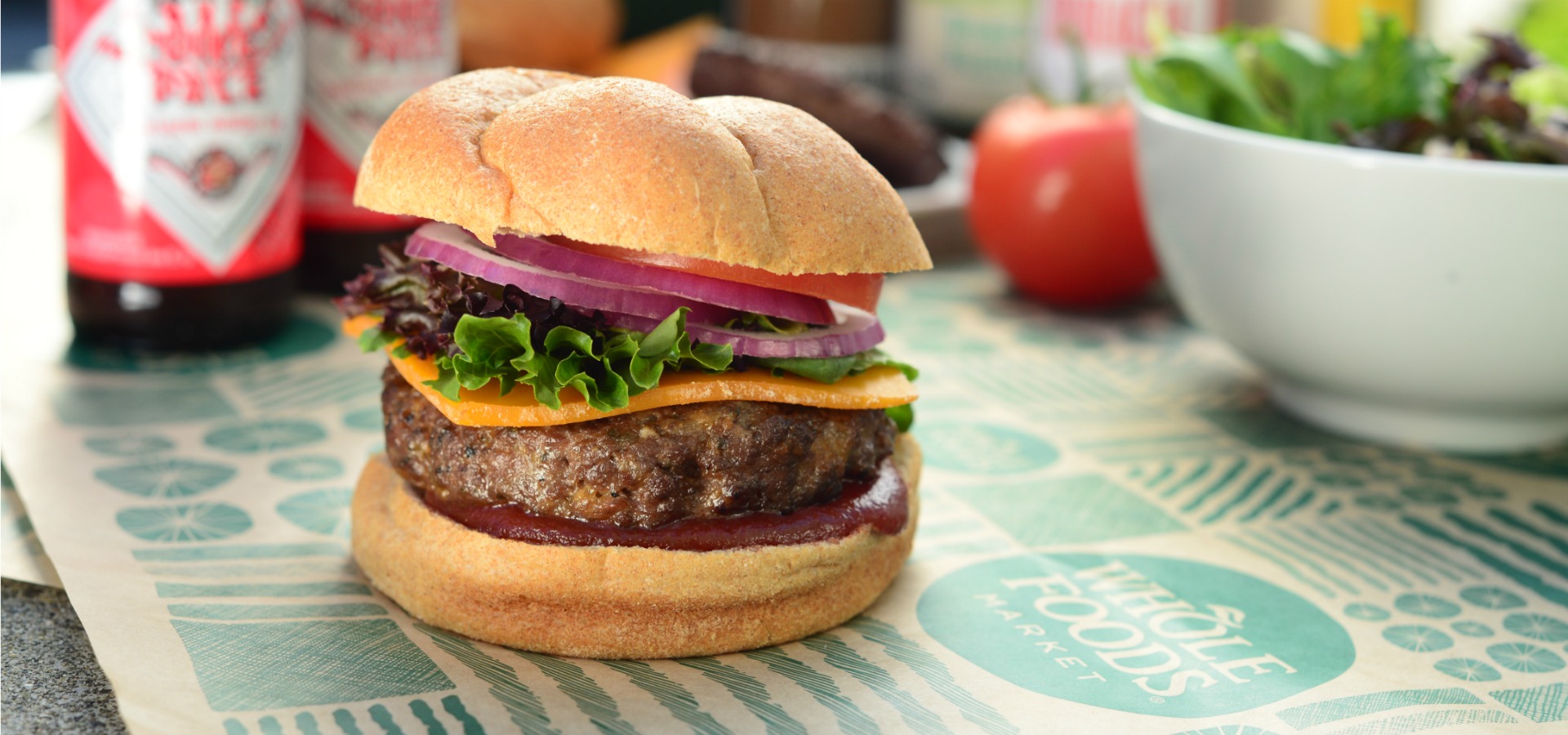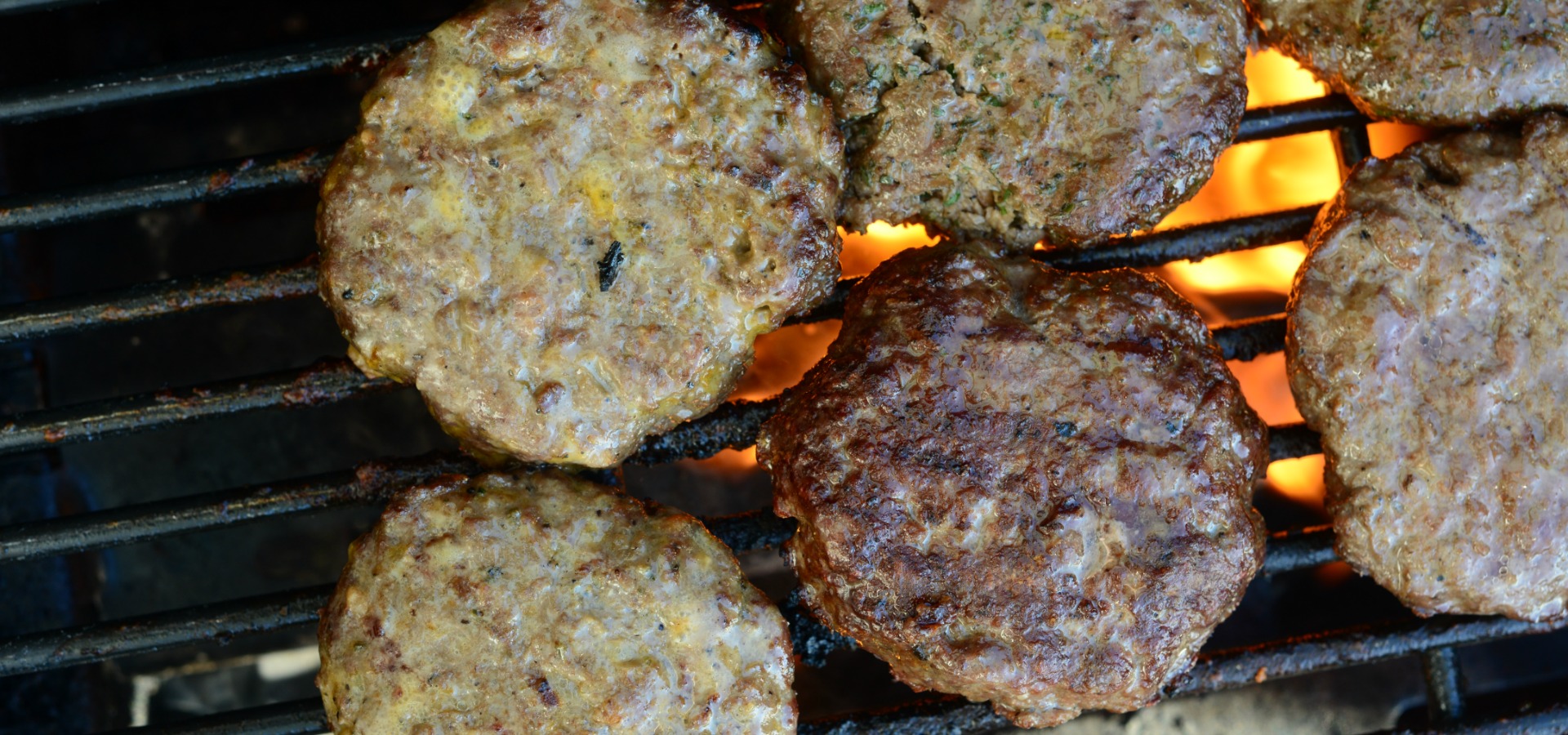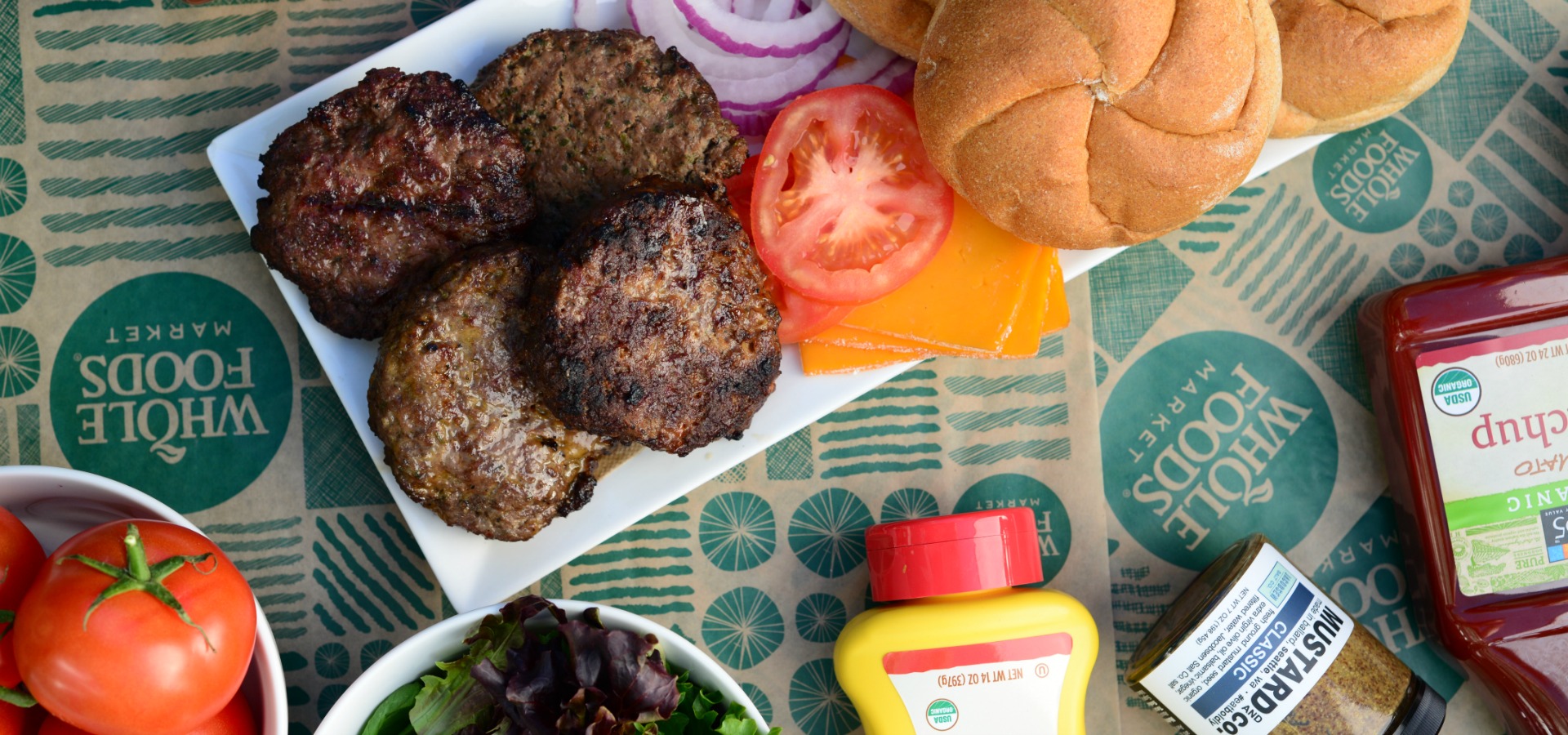Warm weather and (occasional) blue skies mean it’s time to fire up the grill. With arguably the best pantry in the world at his disposal, Chef Hayden Smissen of Whole Foods Market South Lake Union has excellent advice for getting the most flavor out of your grill. We chat with him about his must-have grilling accessories, coals versus propane, the secret to the perfect burger, and more.






